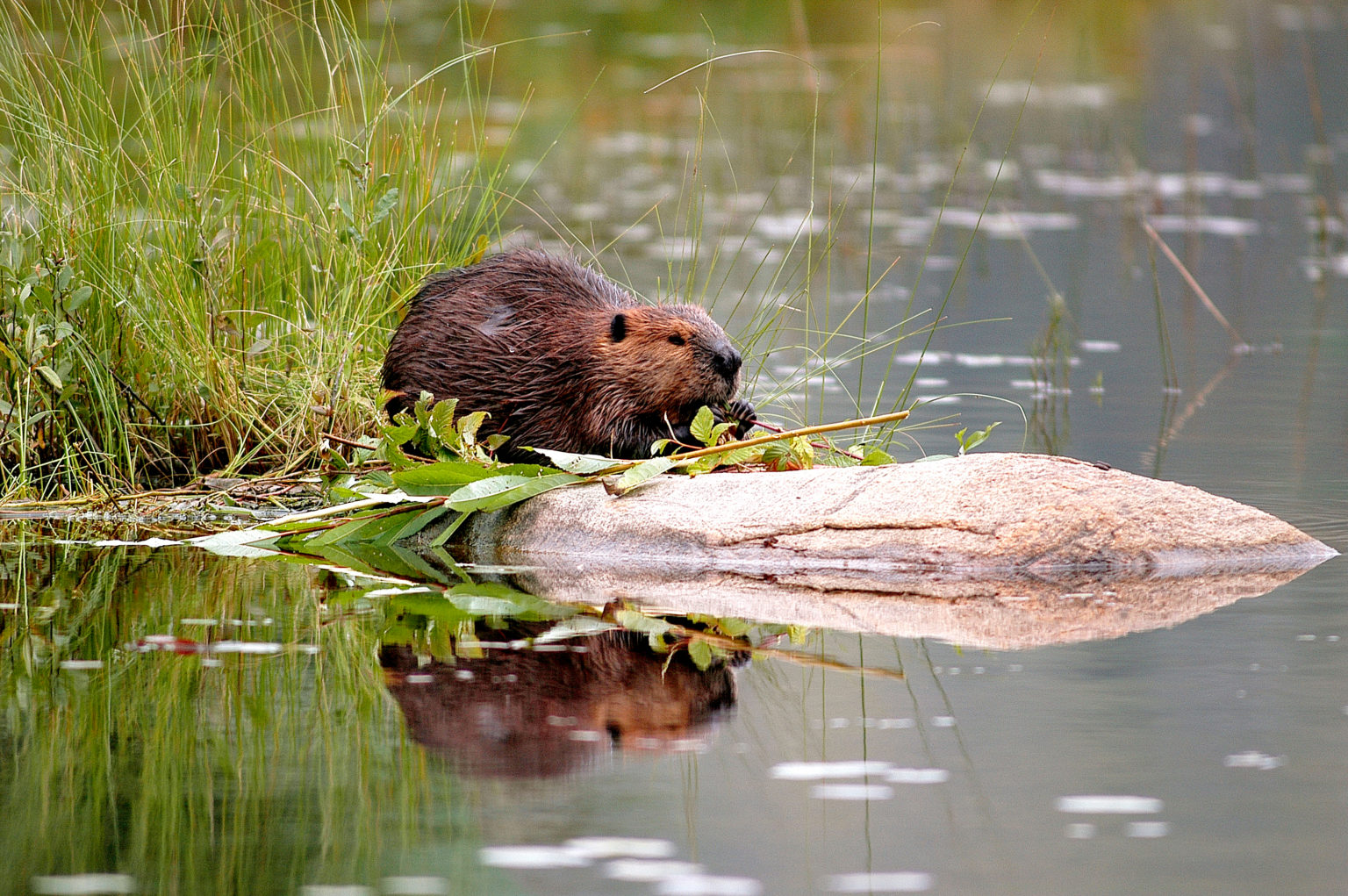
Les 10 espèces animales les plus emblématiques du Canada WWF.CA
Canada is the second-largest country on earth covering an area of about 344,080 square miles. The country's large size enables it to harbor a variety of animal species. Some of the animals were introduced or migrated to the country while some including more than 200 species of mammals are native. The following are some of the native animals of.
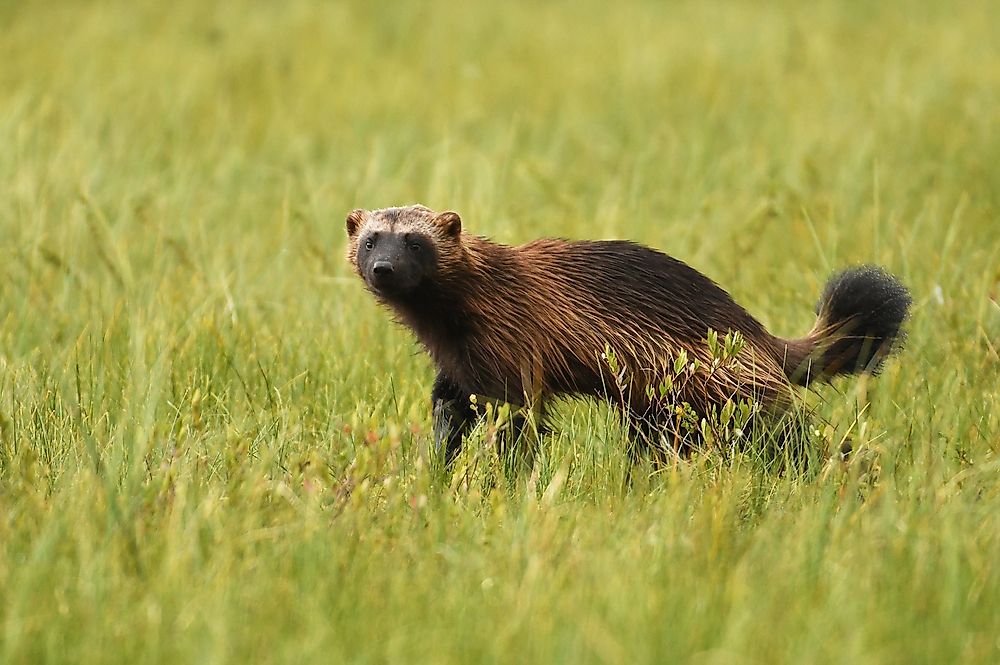
Animals That Live in Canada WorldAtlas
The caribou is one of Canada's most recognizable species, inhabiting the Arctic, boreal and mountain regions. The at-risk woodland caribou that live in Canada's southern boreal forests are depicted on our 25-cent coin, while the smaller, scrappier barren-ground caribou that roam the Arctic are also experiencing dramatic declines.
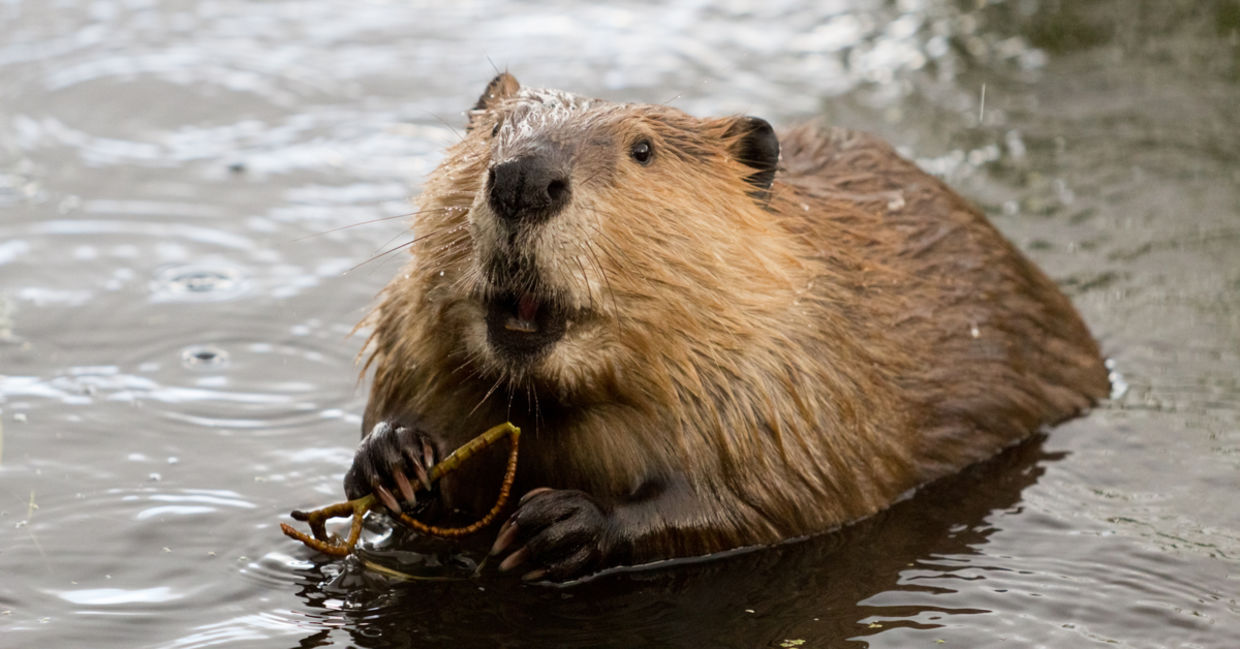
7 Animals Native to Canada That Aren’t Polar Bears
Learn about five endemic species to help celebrate Canadian biodiversity. While the loon, caribou and beaver are found on Canadian coins, there are hundreds of other wildlife species that perhaps better capture our unique biodiversity. In 2020, the Nature Conservancy of Canada released the report, "Ours to Save", shining a light on the 308.
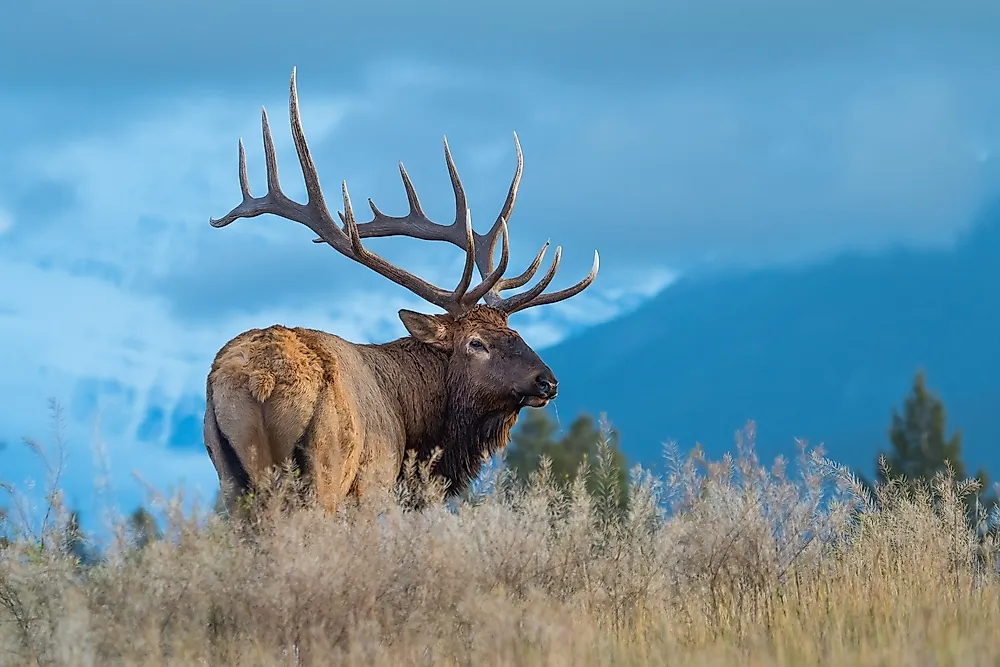
Animals That Live in Canada WorldAtlas
1. CANADA LYNX. This mostly nocturnal animal looks like an adorable household cat with a twist. The lynx thrives in the forests of Canada and subsists on a diet of snowshoe hares. (Warren Metcalf / Shutterstock.com) 2. MOOSE. Immortalized by Rocky and Bullwinkle, the moose is part of the deer family.
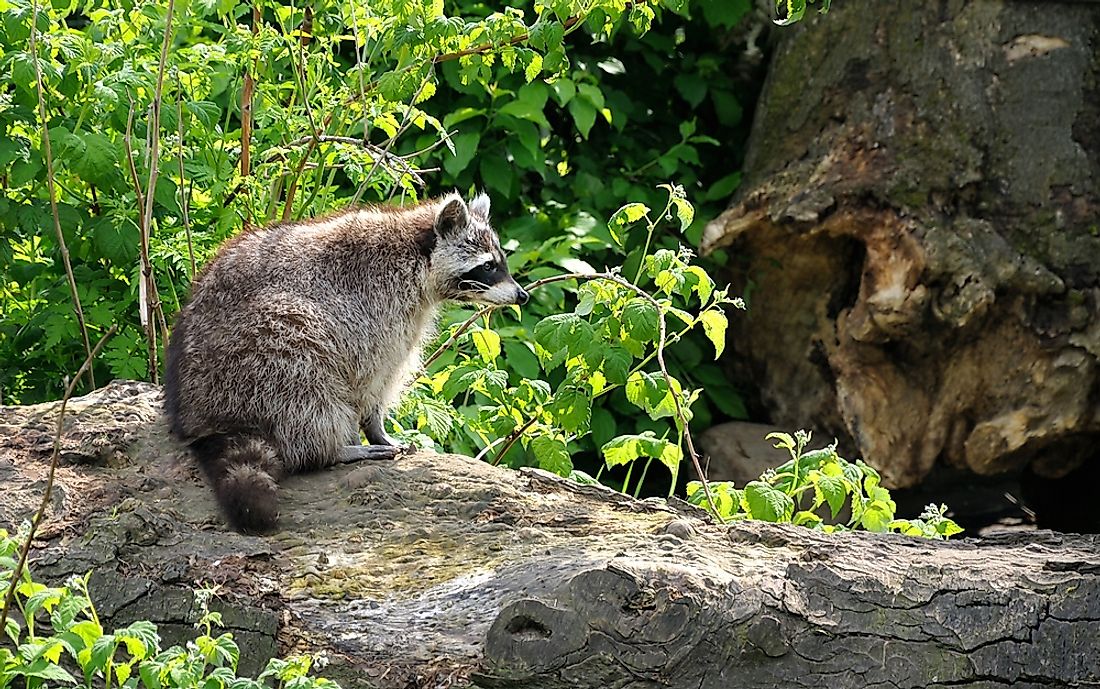
Animals That Live in Canada WorldAtlas
Several species of mammal have particular symbolism. The Canadian horse and North American beaver are official symbols of Canada, and several provinces have designated native species as symbols. The North American beaver, Castor canadensis, is the national animal of Canada. Conservation status - IUCN Red List of Threatened Species:

Canadian Wildlife Photography Of The Year 2021 Wildlife Aestetic 2021
The Canada jay is found in the boreal forest north to the tree line, and in the Rocky Mountains subalpine zone.. The fauna of Canada consist of approximately 200 mammal species, over 460 native bird species, 43 amphibian species, 43 reptile species, and 1,200 fish species. The biology survey of Canada cites that there are approximately 55,000 species of insects, and 11,000 species of mites and.
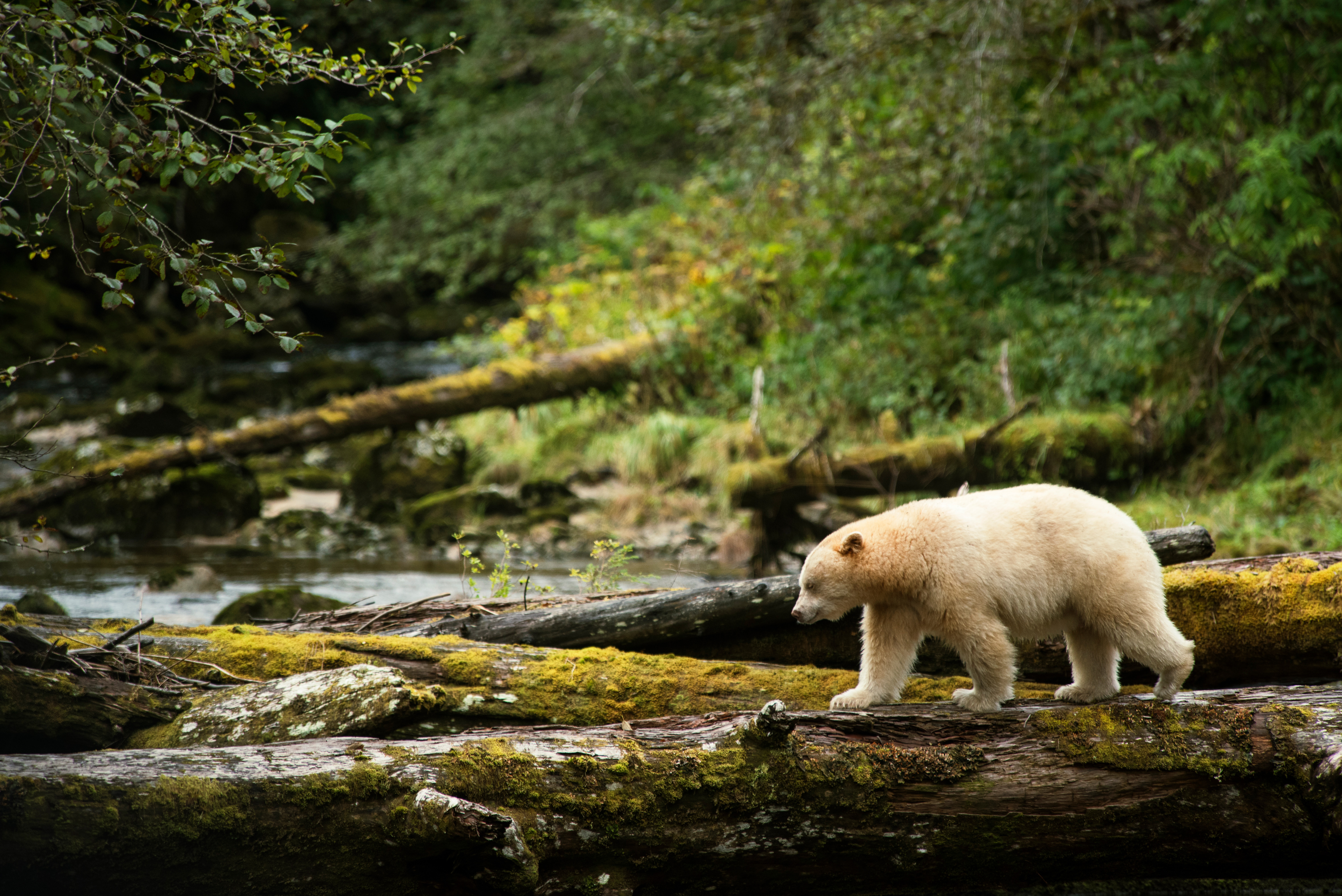
See Canadian Animals on the West's Best Wildlife Safari Sunset Magazine
Polar Bear (Ursus maritimus): Native to the Arctic regions of Canada, these majestic bears have become a symbol of the impact of climate change on wildlife. Common Loon ( Gavia immer ) : Known for its eerie, beautiful calls, the Common Loon is a significant bird in Canada, appearing on the Canadian dollar coin, known colloquially as the.

Wildlife of Western Canada Travel With Jules
Canada is home to about 80,000 species, many of which face numerous threats to their survival. Our most recent Living Planet Report Canada found that populations of at-risk species have declined 59% on average since 1970. We are committed to a different approach to conservation: One that effectively addresses multiple threats to biodiversity by.
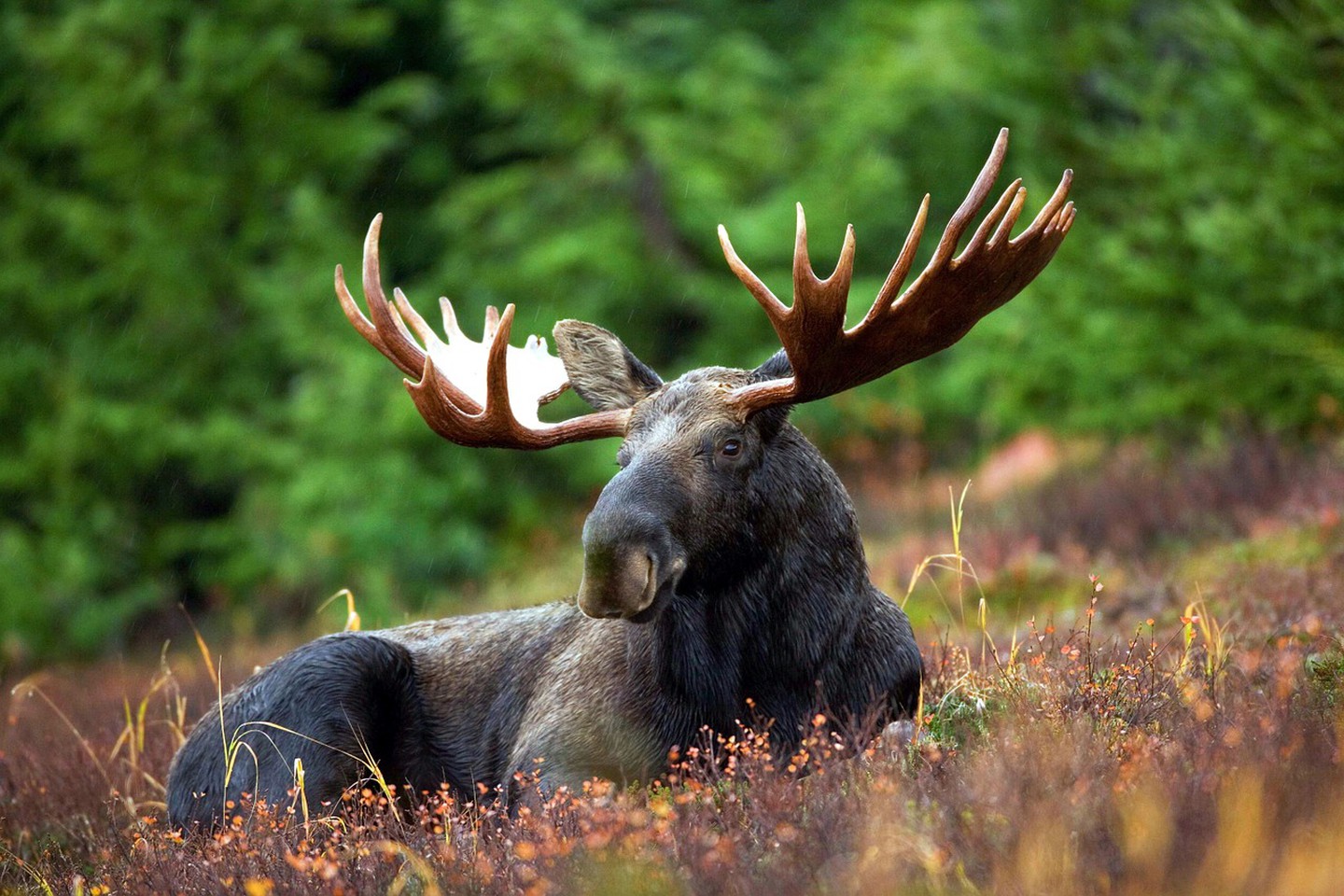
21 Pictures of Wonderful Animals You'll Find in Canada
The 11 Most Beautiful Wild Animals in Canada. Canada is the second-largest country on the planet, and one of the most ecologically diverse. It contains four great lakes, multiple mountain ranges, Arctic sea ice and tundra, golden prairies, rainforests, and its coastlines connect to three different oceans.As such, there are endless numbers of fascinating animals - each adapted to the.
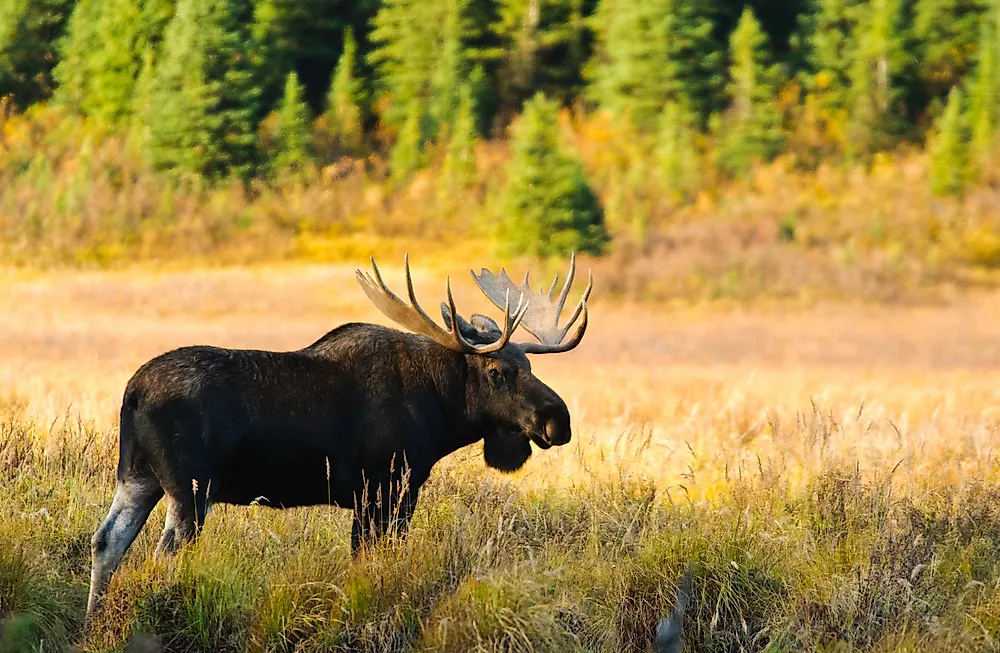
Animals That Live in Canada WorldAtlas
Some counts only include animals native to Canada, some are lists of birds that never leave Canadian airways, and still others are giant listings of every bird that's ever crossed the border. We think a good count for the number of birds in Canada is about 687 and 692. That includes between 462 and 467 birds endemic to the country, plus 225.
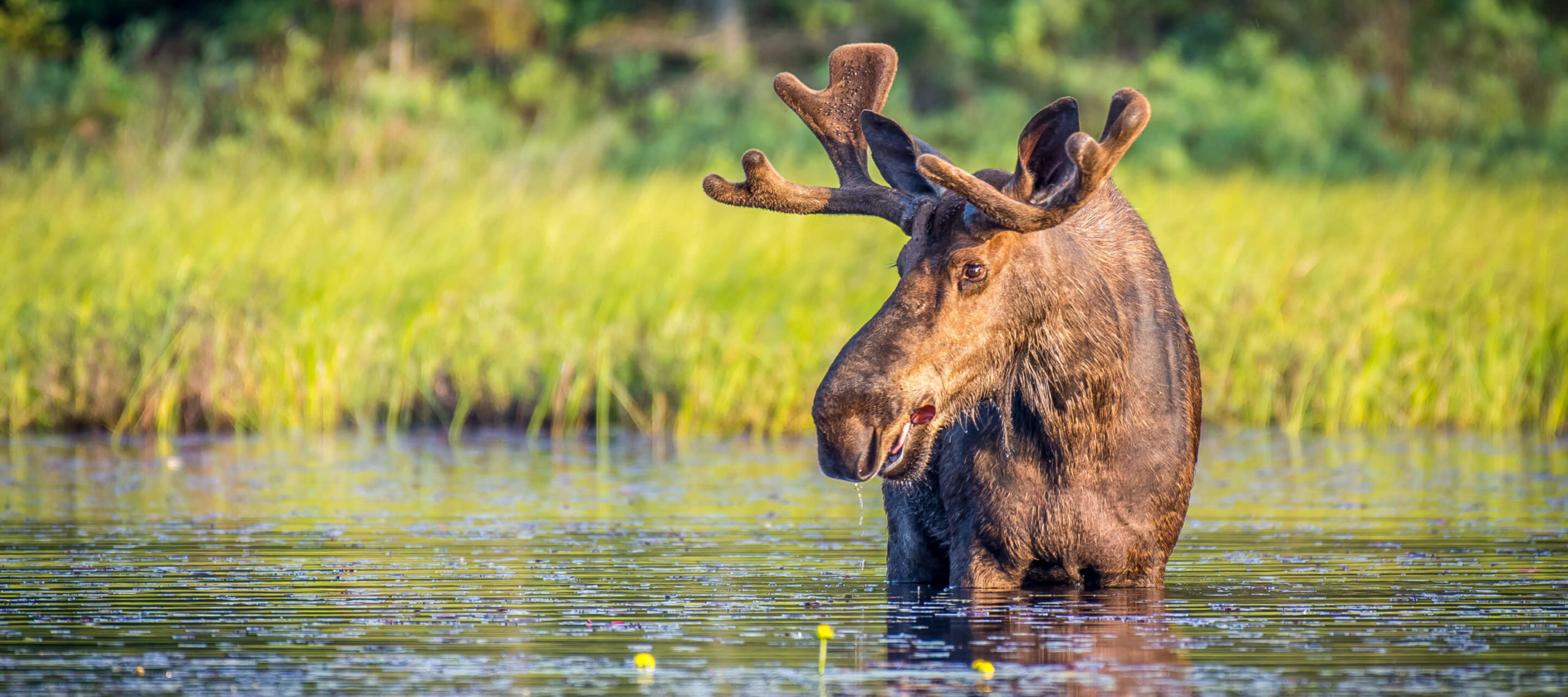
Canada’s 10 most iconic animals WWF.CA
Wild Cats. There are three wild cat species in Canada: the lynx, the bobcat, and the cougar (mountain lion). Lynx are recognizable due to their tufted ears, while bobcats are primarily found in Canada's southern regions. The cougar is the largest out of these species and is still hunted in some parts of Canada and the United States.
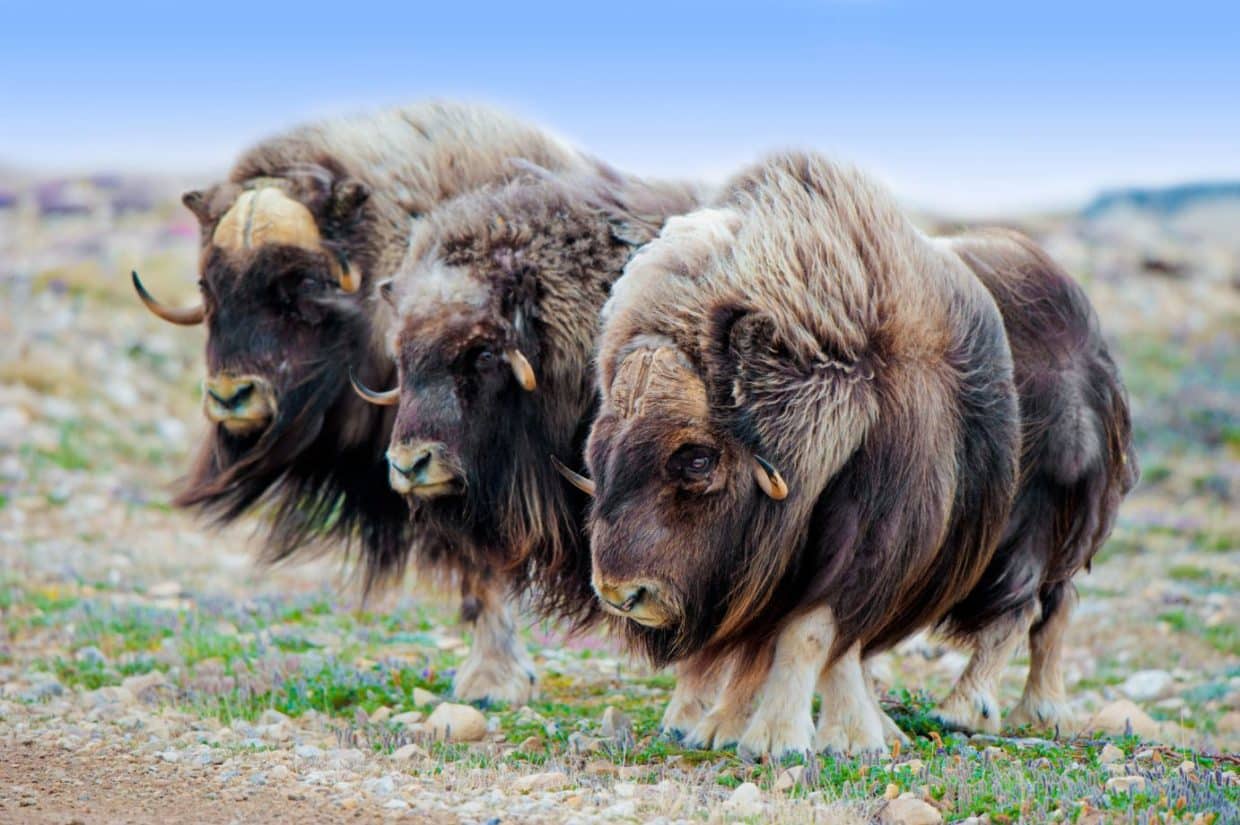
Canadian Wildlife Tours 10 Animals of Canada and Where to find them!
In Canada, Indigenous peoples comprise the First Nations, [2] Inuit, [3] and Métis. [4] Although Indian is a term still commonly used in legal documents, the descriptors Indian and Eskimo have fallen into disuse in Canada, and many consider them to be pejorative. [5] [6] [7] Aboriginal peoples as a collective noun [8] is a specific term of art.
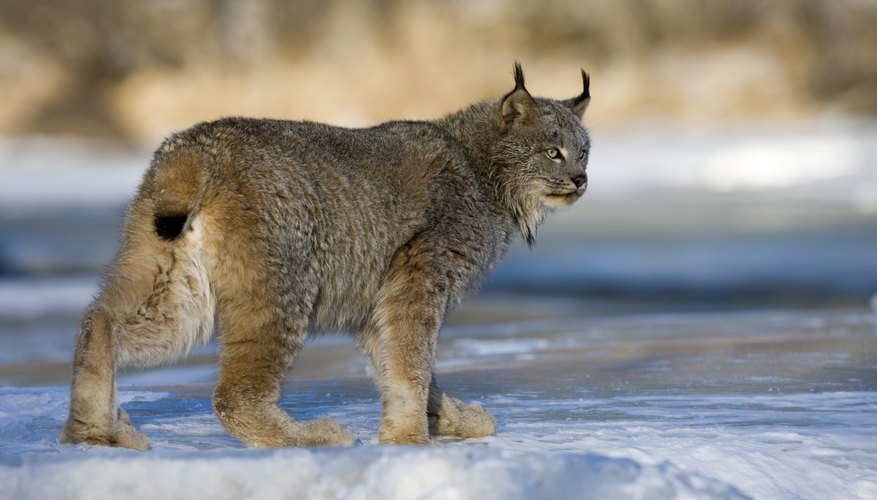
Plants & Animals of the Canadian Wilderness Sciencing
The wildlife of Canada or biodiversity of Canada consist of over 80,000 classified species,. driving native species towards extinction. The most invasive flora species are the purple loosestrife, yellow iris, dog-strangling vine, knapweed, and leafy spurge. The.
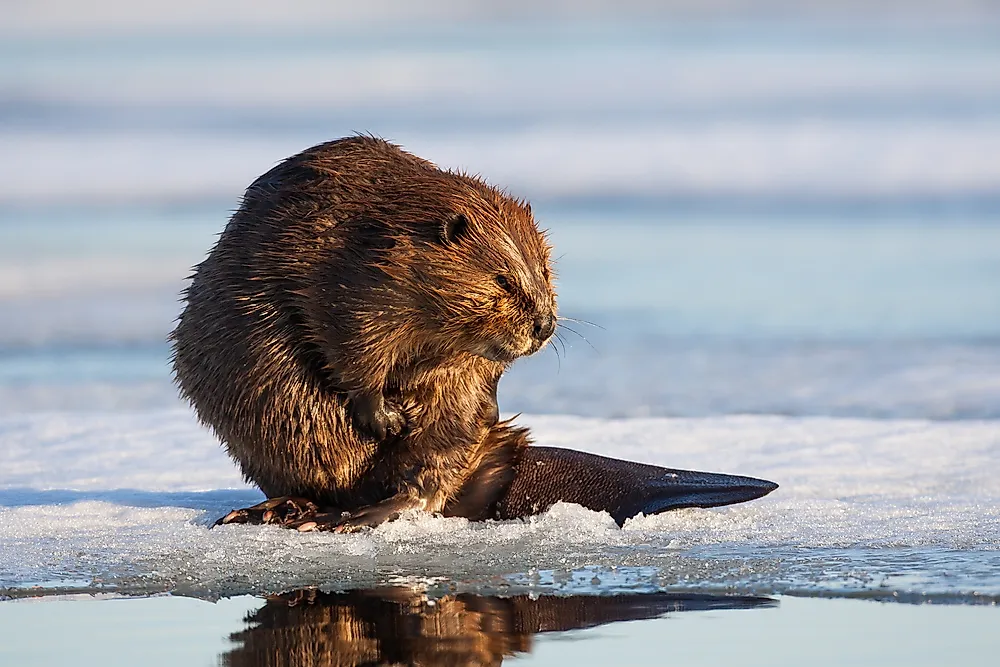
Animals That Live in Canada WorldAtlas
A new report has catalogued 308 species, sub-species and varieties of plants and animals found in Canada — and nowhere else on the planet. They include mammals such as the eastern wolf.

Pin by Diane Demurak on Canada Canada funny, Happy canada day, Canadian things
Mammals Unique to Canada Not all of Canada's landscapes are habitable by mammalian life. There are approximately over 200 mammal species that are native to Canada and found in a wide range of ecosystems ranging from mountainous regions to plains. Canada is on record to be having particular mammals that are uniquely endemic to its regions and not any other part of the world.
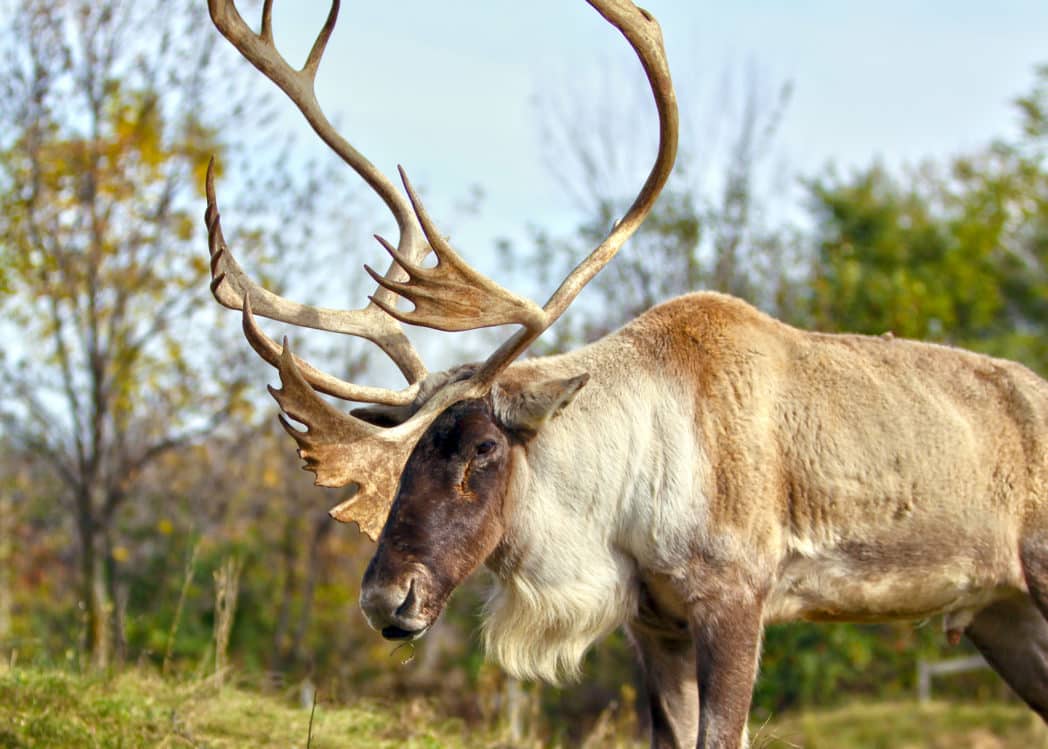
Canadian Wildlife Tours 10 Animals of Canada and Where to find them!
Endemic Animals of Canada. Gray Jay. The Gray jay (Perisoreus canadensis) is a fairly large songbird that lives in the boreal forests of North America. These birds live year-round on permanent territories, surviving in cold winter months on food cached throughout their territory in warmer periods. They also adapt to human activity in their.